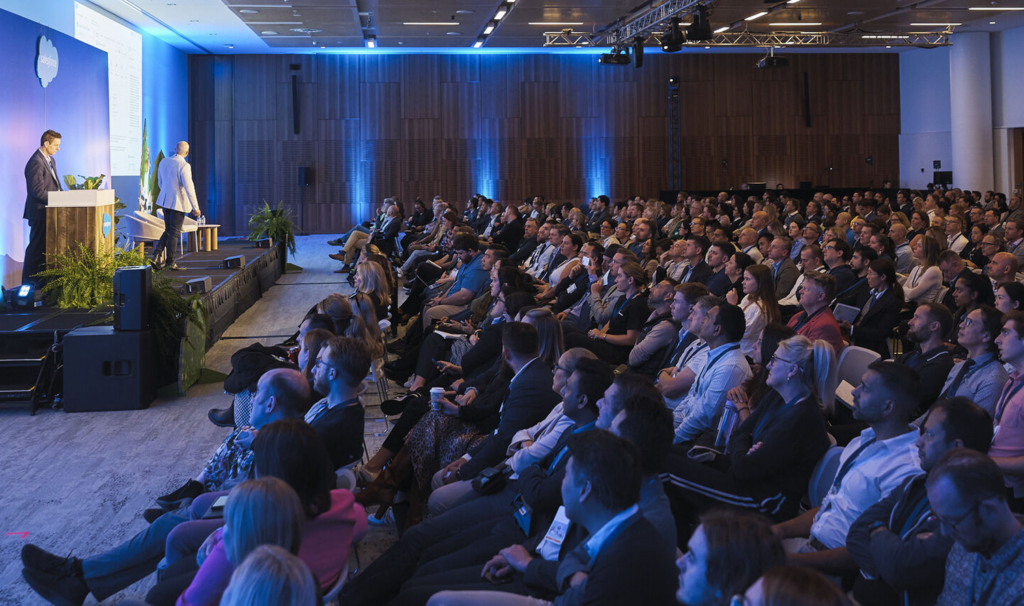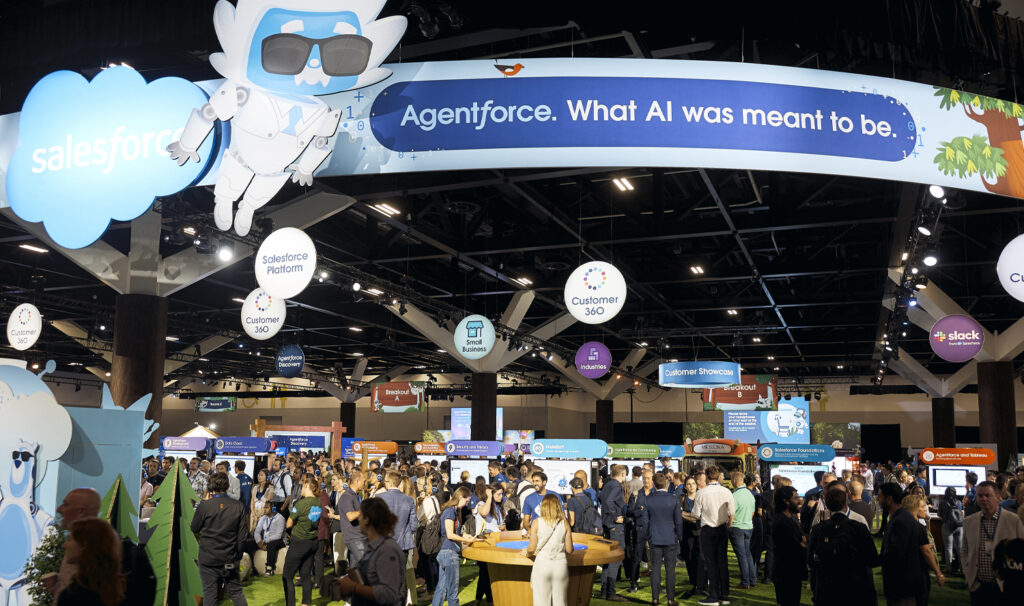Regardless of your industry or business model, revenue is the lifeblood that connects almost every function, priority, employee and customer interaction.
Even if your biggest focus is around, say, building agility or improving customer success, how revenue flows throughout each process will be a major success factor.
That was one of the most critical takeaways from my conversation with industry leaders during the “Making the Revenue Connection: Best Practices for Growth” webinar. During it, I had the pleasure of moderating a discussion between global sales expert Tiffani Bova, DocuSign’s Dan Bognar, and Salesforce’s Clyde Fernandez, who all delved into a wide-ranging exploration of why leaders need to wrangle revenue operations, how the pandemic has changed the game, and steps you can take today.
If you missed the live event, you can still catch it on demand. But, whether you were able to join us or not, we’ve recapped some of the most helpful lessons from the day.
Revenue growth through employee engagement
One of my favourite single quotes from the discussion? “The fastest way to get customers to love your brand is to get employees to love their job.”
That came from Tiffani Bova, best-selling author and Salesforce’s sales evangelist, who outlined the relationship between revenue growth, employee engagement and customer experiences. Employee experience has come to the fore as a major factor in driving customer success and business growth. This was reflected in research that Tiffani led in partnership with Forbes Insights, which found that brands with strong employee engagement have better customer experiences – and 1.8 times the growth rates.
But where do revenue operations come into play? And what does employee engagement even mean in an era of dispersed teams and remote work? Tiffani had a warning: the pandemic has complicated answers to that latter question.
“The reality is that employee expectation has changed tremendously over the last 18 months. What might have been perks in the past are no longer even relevant,” said Tiffani, explaining that employee focuses have shifted toward internal communication, remote collaboration and productivity, and finding better ways to engage with customers, shareholders and other stakeholders.
This ties in closely with revenue operations, since businesses need to “make sure everything that touches revenue is seamless in the eyes of the customer,” especially since the pandemic has forced many businesses to explore new revenue streams and models.
“Ultimately, the benefit of having these integrated revenue operations is that you’re able to turn over deals much more quickly, and that you have insight and visibility into what’s working and not working in the business.”
Revenue growth through smarter operations
When it comes to what those operations actually look like, though, there’s perhaps no one better to ask than DocuSign, whose people are constantly thinking of ways to remove friction from the revenue process. Dan Bognar, DocuSign’s Vice President and General Manager for Asia-Pacific and Japan, shared several crucial pieces of advice on this topic.
One was to think more critically about the processes themselves. Dan explained that the early days of the COVID-19 pandemic saw many businesses rapidly pivoting to digitisation as a matter of necessity, in order to protect continuity and keep the lights on. But he pointed out that many of the underlying processes didn’t change, they were simply digitised. It added extra contours to a point made earlier by Tiffani, which was that great technology is not enough to overcome issues with people or process.
Now, said Dan, businesses are at a stage where they need to start fully rethinking processes and asking questions like: do we understand every step that customers and employees are having to take in this process? Are all of those steps necessary? And are there opportunities to automate any of them?
For revenue processes, this also means focusing on velocity – the speed and ease in which we generate, review and accept quotes. It also includes another focus that Dan said we might not be talking about enough.
“How do we streamline in a way that reduces errors? If we can digitise, automate, and then integrate with existing systems, we can reduce the amount of errors and the back-and-forth during quoting and ordering processes.”
This is exactly the sort of capability that platforms like Revenue Cloud can provide by connecting billing, agreements and CPQ. It also brings together a growing number of revenue streams, while simplifying and automating complex processes that touch multiple departments.
And Dan had a heartening message for anyone who feels like any of the above is too large or sprawling to implement any time soon.
“The days of large multi-phase, multi-month projects are declining. It’s about getting capability in the hands of our customers and employees quickly, learning from that experience, iterating on that experience and then redeploying.”
Tying it all together: bold leadership
Building growth and ensuring an anti-fragile business requires getting three major pillars right: people, processes and technology. While technology and digital solutions like Revenue Cloud or DocuSign are critical for taming complex, risky or manual revenue processes, ultimately growth will be decided by people.
The ‘people’ part of that equation is particularly tricky, a point made several times throughout the webinar. Pandemic-induced travel restrictions have only exacerbated a longstanding talent scarcity.
To navigate that scarcity, and to address many of the other challenges raised throughout the discussion, Clyde Fernandez – Salesforce’s Regional Vice President, Platform & Revenue Cloud – frequently pointed to the necessity of forward-looking leadership and vision.
He also suggested that leaders put more weight in micro-credentialing and curating skills on the job rather than prioritising advanced or multi-year degrees. Using Salesforce’s online learning platform Trailhead as an example, he explained that there were options for businesses to upskill their existing talent while driving the sort of organisational change that can attract new talent, too.
That change, again, is likely to depend on bold leadership, the kind that addresses never-before-seen problems with “curiosity, adaptability, responsiveness and empathy.” It also goes back to giving employees the tools they need to help customers succeed.
“More time and resources need to be invested in understanding the tools and processes and experiences needed to attract, recruit, onboard, train, and retain talent in this hybrid success-from-anywhere world. We need to be able to seamlessly work across both real and digital work environments.”
They’re big tasks, necessary for addressing big challenges. But there was a major point of agreement during our discussion: you don’t have to boil the ocean. Even taking small steps to evaluate your processes and look at integrated revenue operations can drive greater agility, better customer experiences and – ultimately – sustainable growth well into the future.
Want more? Watch the full discussion on demand, or check out our animated infographic to find out if Salesforce is the right solution for you.






